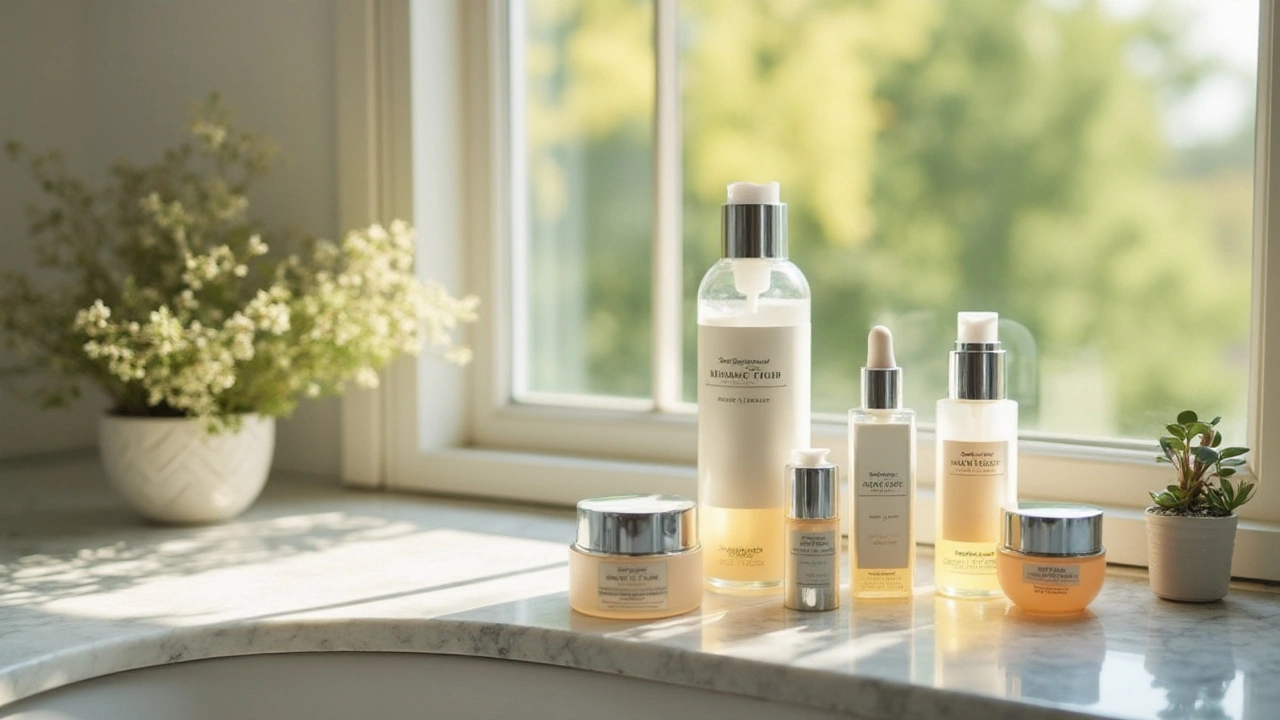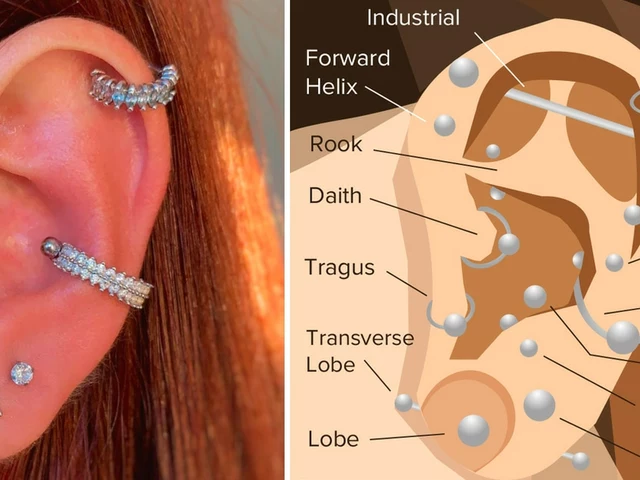Azelaic Acid Benefits: Why It's Worth Adding to Your Routine
Want one ingredient that treats acne, calms redness, and helps fade dark spots? Azelaic acid does all three without being harsh. It’s a multitasker: mild exfoliant, antibacterial, and anti-inflammatory. That combo is why dermatologists often recommend it when skin is sensitive or when other treatments cause irritation.
What it actually helps with
Acne: Azelaic acid reduces the clogging and build-up that leads to pimples. It also fights the acne-causing bacteria on your skin so breakouts become less frequent and milder.
Rosacea and redness: Unlike strong acids that sting, azelaic acid calms inflammation and lowers redness. People with flushing or persistent redness often get noticeable relief.
Dark spots and uneven tone: Azelaic acid interferes with melanin production, so it helps fade post-inflammatory hyperpigmentation (those stubborn brown marks after a pimple) and general blotchiness over time.
How to use it the smart way
Strengths and forms: You’ll find azelaic acid in gels, creams, and foams at strengths from about 10% to 20%. Some versions are OTC, others require a prescription. Pick the form that suits your skin type—gels for oilier skin, creams for dry or sensitive skin.
Application tips: Do a patch test first. Start by using it once a day at night for the first week, then move to twice daily if your skin tolerates it. Apply to clean, dry skin, then follow with a gentle moisturizer. If you’re treating dark spots, use sunscreen every morning—sun protection speeds up results and prevents new pigmentation.
What to expect and timeline: Don’t expect overnight miracles. Most people see clearer skin and less redness in 4–12 weeks. Pigment changes usually take longer and improve gradually with consistent use.
Combining with other actives: Azelaic acid pairs well with many ingredients, like niacinamide and gentle retinoids. Still, introduce combinations slowly to avoid irritation. If you use strong exfoliants (like high-strength AHAs/BHAs) or retinoids, alternate nights at first.
Side effects and safety: Side effects are usually mild—tingling, slight dryness, or temporary redness. If irritation is intense or persistent, stop and consult a clinician. If you’re pregnant or breastfeeding, check with your healthcare provider before starting any treatment.
Quick wins: Use a moisturizer that restores the skin barrier, wear sunscreen daily, and give azelaic acid time. For many people it becomes the gentle but effective core of a routine that used to rely on harsher prescriptions.
If you’ve struggled with acne that won’t quit, persistent redness, or post-pimple marks, azelaic acid is worth a try. It’s not flashy, but it works steadily and is kinder to sensitive skin than many alternatives.
7
Unlocking Radiant Skin with Azelaic Acid: Your Guide to a Luminous Complexion
Azelaic acid is gaining attention as a key ingredient in skincare for its ability to enhance skin's radiance and luminosity. This naturally occurring compound offers multifaceted benefits such as reducing skin inflammation, unclogging pores, and smoothing the skin's surface. Its gentle nature makes it suitable for a range of skin types, including sensitive skin. Unravel the secrets of azelaic acid and discover how it could transform your skincare routine.
Latest Posts
Popular Posts
-
 Medication-Induced Drowsiness: What Causes It and How to Manage It
Medication-Induced Drowsiness: What Causes It and How to Manage It
-
 GLP-1 Side Effects: How to Manage Nausea, Dosing, and Realistic Expectations
GLP-1 Side Effects: How to Manage Nausea, Dosing, and Realistic Expectations
-
 Acromegaly: Understanding Excess Growth Hormone and Effective Treatment Options
Acromegaly: Understanding Excess Growth Hormone and Effective Treatment Options
-
 Over-the-Counter Medication Safety: Hidden Ingredients and Interactions You Can't Afford to Ignore
Over-the-Counter Medication Safety: Hidden Ingredients and Interactions You Can't Afford to Ignore
-
 Pharmacist Recommendations: When to Suggest Authorized Generics
Pharmacist Recommendations: When to Suggest Authorized Generics



